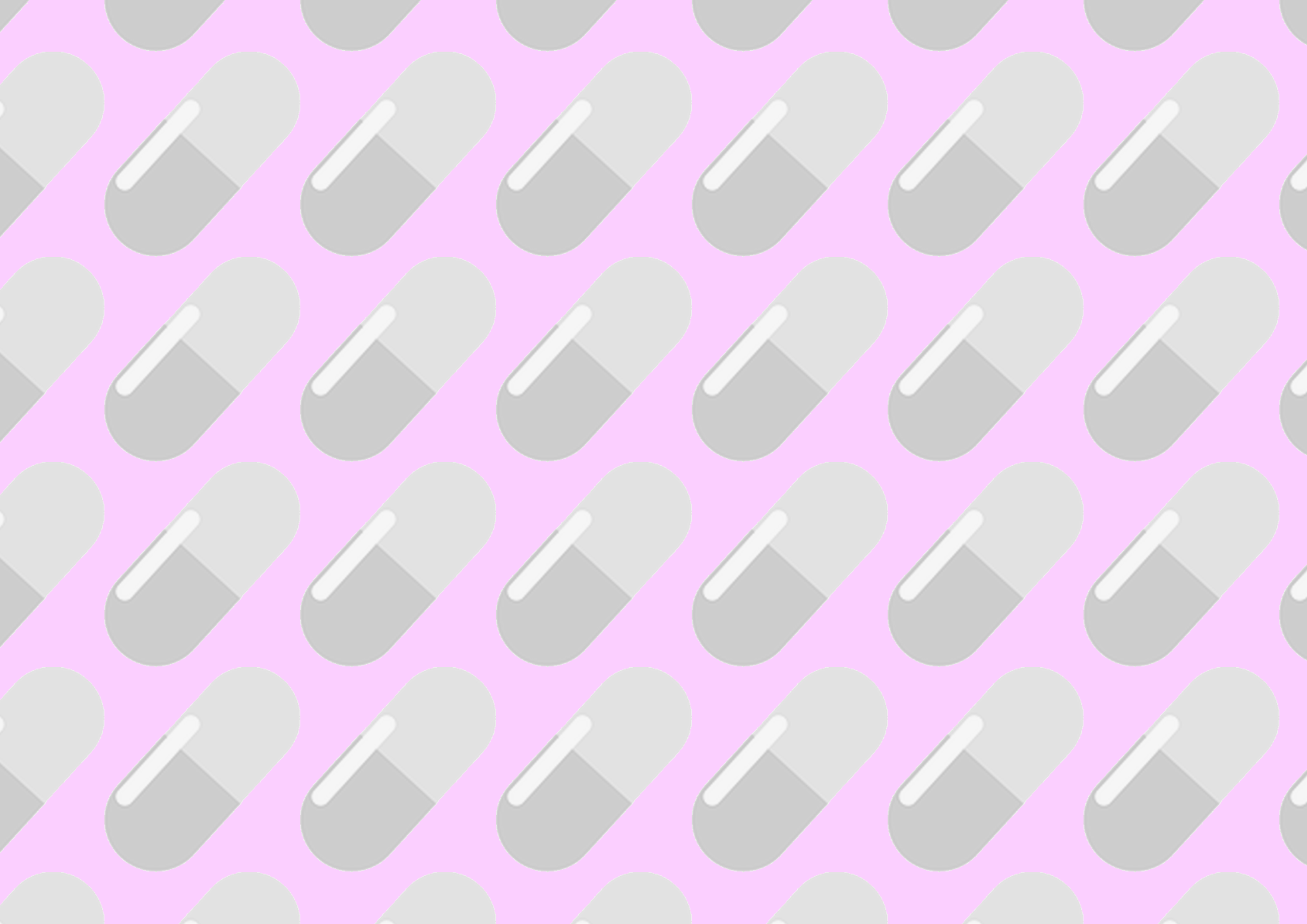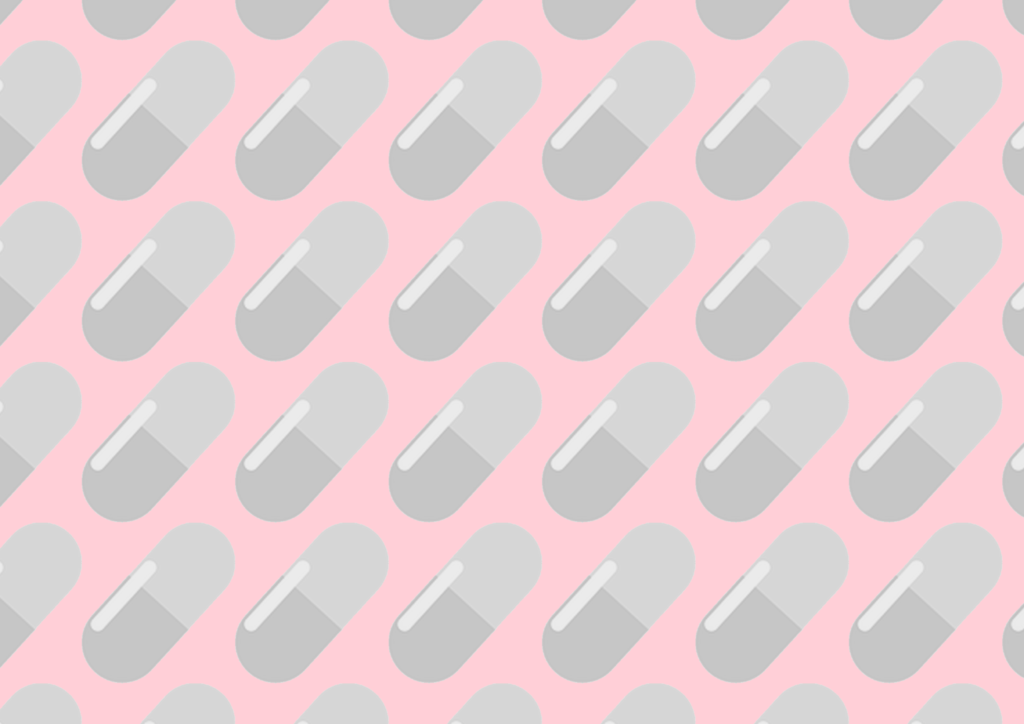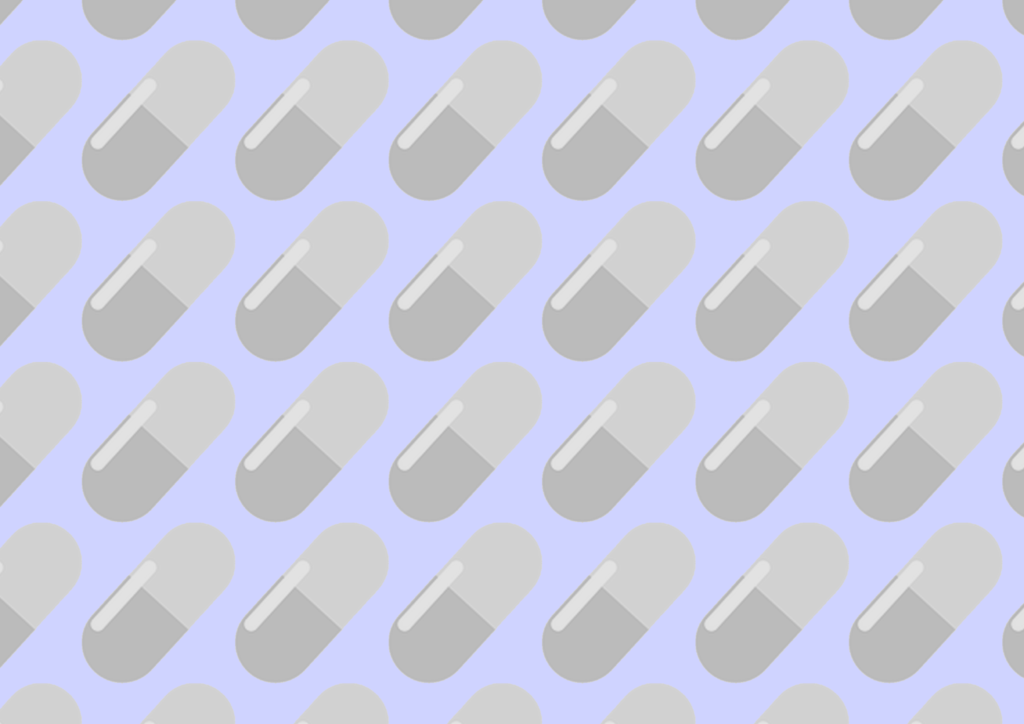Over the last few years, the healthcare industry has changed drastically. From being a traditional, change-resistant field, it has now transformed into a ground zero for innovation. Artificial intelligence, robotics, data science, and other edgy technologies shape the healthcare industry and promote precision medicine and patient-centered workflows.
Mobile applications hold a special place in healthcare, making it more accessible and portable. Today, we’ll have a look at the mHealth dominion and how it is revamping the patient experience.
What is the state of mHealth?
A healthcare app is a software application designed to help people manage their health and keep track of their medical records. Healthcare mobile apps can be mobile, web, or desktop applications that allow users to access information on a range of topics, including patient education, treatment options, diagnosis, and prevention.
Some healthcare apps are designed for specific diseases or treatments such as diabetes or mental health solutions. Other apps allow you to communicate with your doctor about specific symptoms or medications.
Many health-related apps aren’t specifically designed for patients but can still help them get healthier. For example, there are fitness trackers that can help you monitor your activity levels or sleep patterns — information that could be important to doctors if they notice an abnormality in your lifestyle or behavior.
According to Grand View Research, the global mHealth apps market size was estimated at over $38 billion in 2021. By 2030, it is slated to leap at a CAGR of 11.8%. The popularity of fitness apps and medical apps are among the main catalysts of the swollen demand.
What healthcare apps are there in the market?
Healthcare app development is an umbrella term that spans various kinds of health-related solutions, including wellness applications. Healthcare apps fall into two broad categories, including medical and fitness apps. These two types share many features and functions, but they differ in how they’re used and what they offer:
Medical apps are designed to help you manage specific conditions, such as diabetes or heart disease. They can track symptoms, monitor medication dosage, and provide instructions for treating various ailments or conditions. Some medical apps may even be able to prescribe medication for certain illnesses or diseases.
Fitness apps track your exercise activity and diet habits to help you stay healthy and fit. They often include built-in pedometers that measure steps taken during the day, as well as GPS tracking devices that allow users to map their routes when running or biking outdoors.
Now let’s have a look at the most popular subcategories of mHealth applications.
Health tracking apps
These apps track your sleep patterns, exercise habits, and other aspects of your daily routine. They’re a great way to see how well you’re sleeping or staying active and make adjustments accordingly. Some even have social features that allow you to share your progress with friends and family members.
Medical reference apps
These apps serve as a quick guide to various medical conditions and symptoms. Being equally helpful to both sides, medical reference apps may include medical calculators, decision support tools, diagnostics guides, and others.
Diagnostic tools
Diagnostic tools can be used by doctors to help diagnose patients based on their symptoms and test results. They may also be used by patients themselves to monitor their health over time.
Health monitoring apps
This category is compatible with wearables and sends patient vitals from glucose meters, blood pressure monitors, pulse oximeters, and other devices to the application. Monitoring applications can also be integrated with remote patient monitoring systems and EHR/EMR platforms to unlock a seamless data flow and streamline workflows for providers.
Fitness apps
As the largest category of mHealth solutions, fitness apps are personal training tools that allow users to track their daily activities, set goals, and compete against friends. They can help users improve their health and physical fitness by providing a variety of features, including exercise guides, nutrition guides, calorie counters, activity trackers, and more.
These programs include calculators for measuring body fat percentage, BMI (body mass index), heart rate, and more, along with step-by-step guides for exercises like yoga poses or pilates moves.
Text and video communication apps
Driven by the pandemic, telemedicine applications have become a viable way to get remote care. These applications provide virtual video consulting and text messaging options that allow caregivers to deliver healthcare services to patients living in far-flung areas.
Mental health apps
Mental health apps are a relatively new category of digital health tools that are designed to help people learn how to manage their mood and anxiety levels. They’re similar to other health apps that track physical activity, sleep patterns, and other wellness metrics, but they focus on the mental side of things. Mental health apps vary widely in terms of what they offer, but most have some combination of self-monitoring, tracking, and reporting features.
Some wellness applications focus on specific issues like anxiety or depression. Others are designed to help users manage their overall well-being.
Why are health applications important?
The main benefit of mHealth applications is that they can provide effective health care to people who live in remote areas. This is because they are easy to use and can be accessed on any device with internet access.
Another benefit of mHealth applications is that they help doctors to keep track of their patient’s health conditions, which means that they can provide better treatment.
Moreover, mHealth applications allow patients to monitor their health conditions, which means that they can get help immediately if there are any changes in their symptoms or other indicators of disease. Also, digital health solutions can be used as a way of engaging people with their health care, empowering them to take control of their health and well-being.
How to build a mHealth application?
Before developing anything, it’s important to research your industry thoroughly. Look at similar apps that already exist in your space and figure out what makes them successful. It’s also important to learn about any potential competition you may face in the future as well as any regulatory issues or compliance concerns that may affect your business model.
Since the healthcare industry is a compliance-heavy one, your application is likely to meet one of the popular regulations, be it HIPAA, GDPR, HITECH, or any other. However, if your solution only collects data that is not personally identifiable, it doesn’t have to hold to those regulations.
Next, you have to develop a deep understanding of your target audience, their needs, and their user journeys. Once you’ve created this profile, you can start planning the functionality of your app. Make sure you select a core set of features and check them against existing market players. The result of the stage should be a development brief that will guide your development team and set core benchmarks.
Finally, you’ll want to decide whether you want to build the app yourself or outsource it. In-house development offers more flexibility but it also costs more money and time than outsourcing.
The final word
Against the backdrop of the global pandemic and rising costs, the healthcare field is striving to inject more automation into clinical pathways and traditional operations. Healthcare mobile apps are one of the pillars of innovation that contribute to greater accessibility, data interoperability, and patient involvement in treatment. While mHealth apps vary by the end user and category, each type is geared towards making the healthcare industry a patient-focused service.









